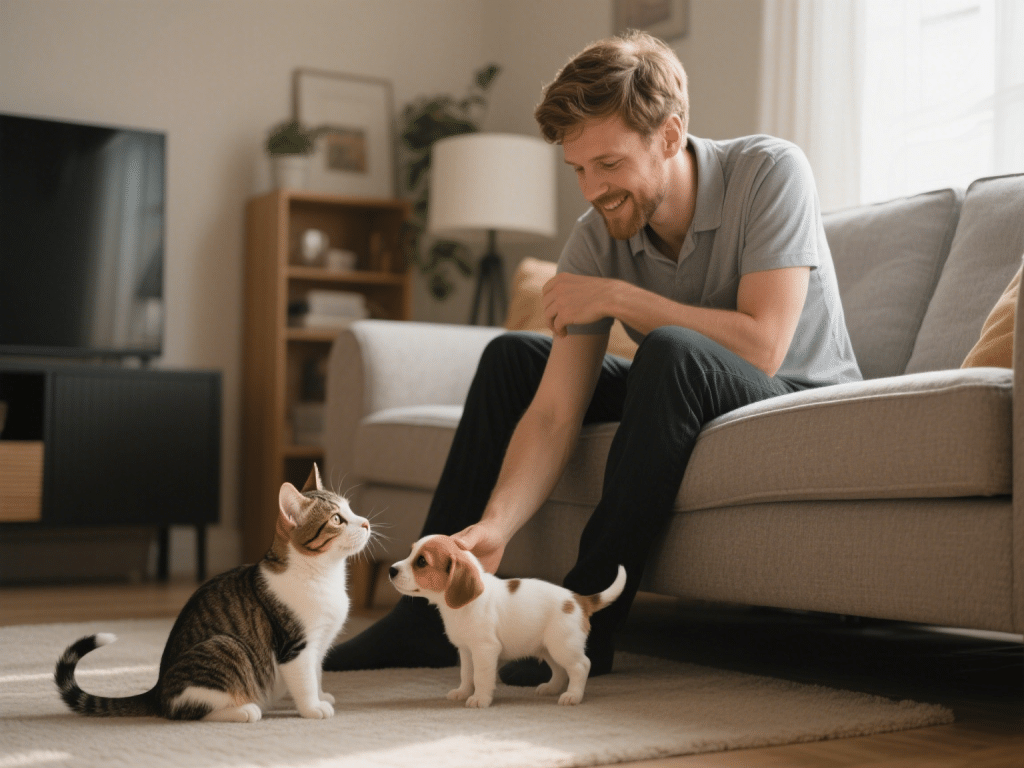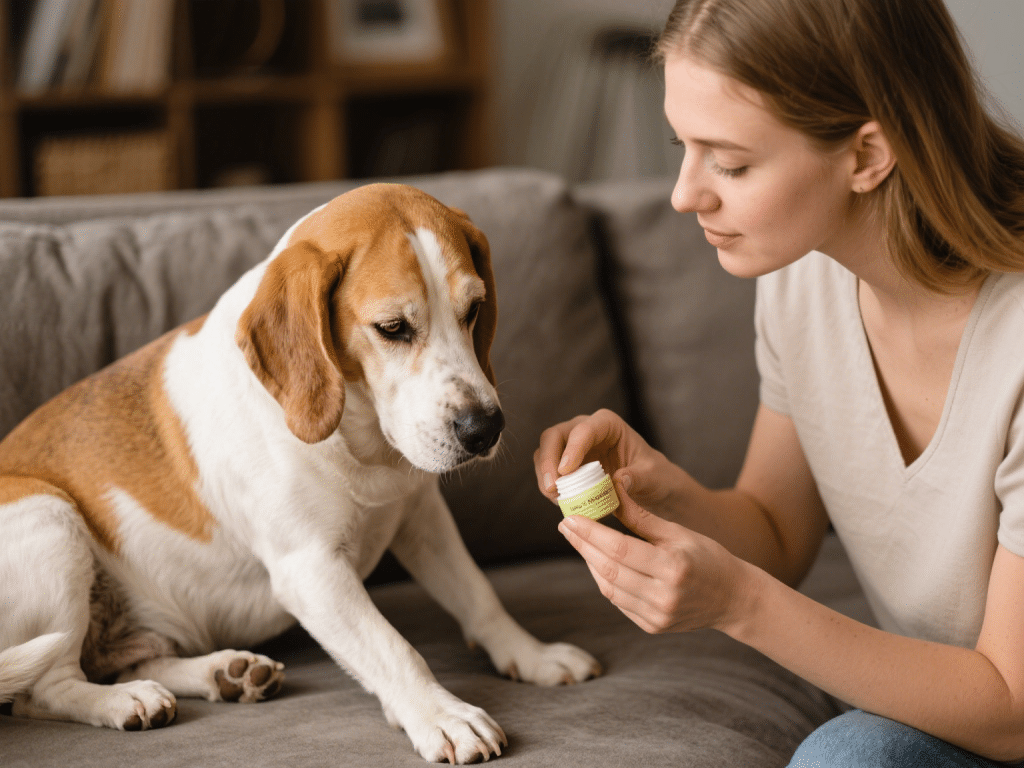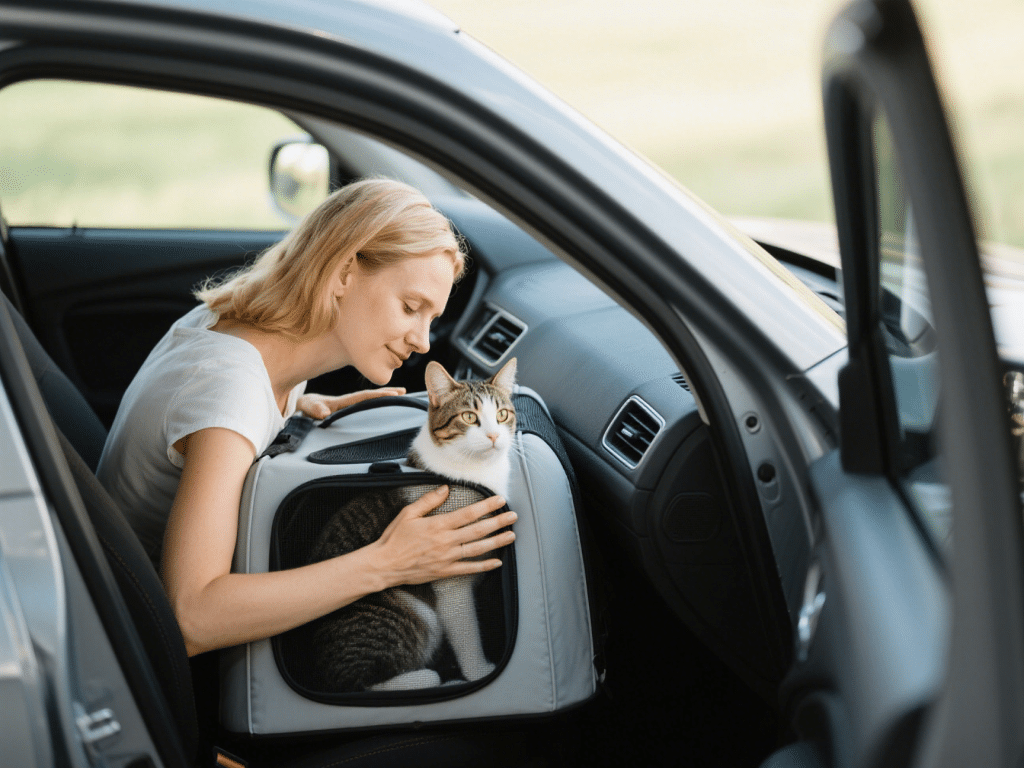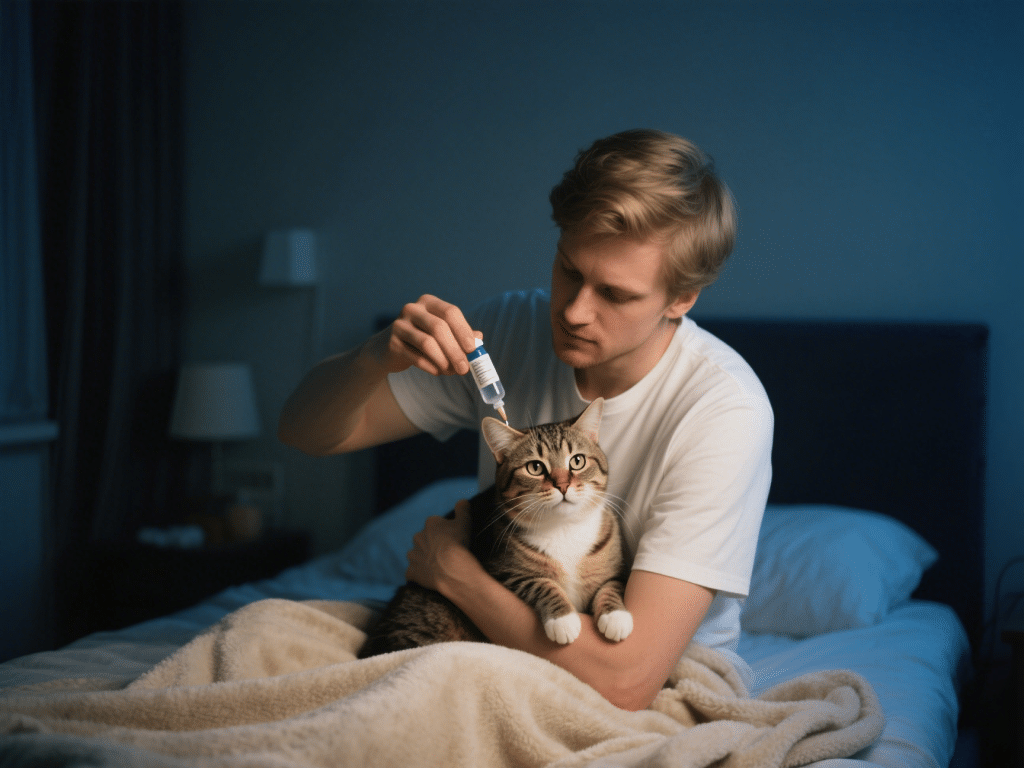
Introduction
Bringing a new puppy into a household with an established cat can be challenging. Cats are territorial, and sudden canine energy may overwhelm them. With careful planning, controlled introductions, and positive reinforcement, you can help both pets build trust and respect. This guide outlines a gradual, stress-minimizing approach to nurturing peaceful coexistence between a new puppy and your resident cat.
1. Pre-Arrival Planning
1.1 Prepare Separate Safe Zones
Cat’s Sanctuary:
Provide an elevated retreat (cat tree or high shelf) inaccessible to the puppy.
Ensure the cat has exclusive access to food, water, litter box, and cozy resting spots.
Place a pheromone diffuser (Feliway Classic) near the cat’s primary area to reduce stress.
Puppy’s Den:
Set up a crate or gated area in a separate room with comfortable bedding, toys, and water.
Include chew-resistant puzzle toys to keep the puppy mentally stimulated in the absence of the cat.
1.2 Scent Exchange and Familiarization
Swapping Bedding:
Before bringing the puppy home, collect a blanket that smells like your cat and place it near the puppy’s new space.
Similarly, bring a towel or toy that carries the puppy’s scent into the cat’s area so the cat can acclimate to new olfactory information.
Visual Introduction via Barrier:
Use a mesh baby gate to allow visual contact while maintaining separation.
Permit brief (2–3 minute) supervised viewing sessions; reward both animals with treats and praise to create positive associations.
2. Controlled Face-to-Face Introductions
2.1 Choosing the Right Timing
Puppy’s Energy Management:
Schedule initial introductions after the puppy has expended energy through play or a walk. A slightly fatigued puppy is less likely to overwhelm the cat.
Ensure both animals have had bathroom breaks and are not hungry to avoid distraction or resource guarding.
2.2 First Meeting Strategies
Leashed Puppy, Free Cat:
Place the puppy on a loose leash, allowing the cat to decide on proximity.
Maintain a relaxed, neutral posture. Stand or sit sideways to avoid looming over the cat.
Keep the meeting under 3 minutes initially; extend by 1–2 minutes each day if calm.
Reading Body Language:
Cat’s Signals of Comfort: Tail held low or neutral, ears forward or slightly to the side, slow blinking.
Cat’s Signals of Fear/Discomfort: Hunched posture, flattened ears, wide pupils, swatting or hissing.
Puppy’s Signals: Play bows and wagging tails indicate excitement—redirect if too intense by encouraging a “sit” command with treats.
3. Building Positive Associations
3.1 Parallel Positive Reinforcement
Simultaneous Rewarding:
Offer palatable treats to both pets during proximity sessions. This teaches them that being near each other leads to positive outcomes.
Gradually decrease treat frequency as calm cohabitation becomes routine.
3.2 Shared—but Supervised—Sessions
Short Interactive Periods:
Once both animals show relaxed body language, allow supervised off-leash interaction in a neutral room.
Keep a toy or treat on hand to distract the puppy if it becomes too boisterous.
Praise and pet the cat if it remains calm; if the cat retreats, allow it to go to its safe zone unimpeded.
3.3 Creating a Routine
Scheduled Play Times:
Establish separate play sessions: puppy gets morning and evening exercise; cat enjoys interactive wand or laser play midday.
Consistent routines reduce anxiety; each pet learns when to expect attention.
Feeding Near Each Other (Gradual Progression):
Start feeding on opposite sides of a closed door; gradually move bowls closer over days.
Eventually, feed within sight but at a comfortable distance (~6 feet) to instill positive food associations.
4. Long-Term Coexistence Strategies
4.1 Maintaining Respectful Boundaries
Vertical Territory for Cats:
Install cat shelves, window perches, or tall cat trees. Cats feel secure when they can observe from above, out of the puppy’s reach.
Keep scratching posts in vertical and horizontal orientations to provide outlets for scratching behavior.
Puppy Training Reinforcement:
Teach basic commands: “sit,” “stay,” and “leave it.” These cues allow you to control the puppy’s approach if the cat wants space.
Gradually increase duration and distance of “stay” commands as the puppy becomes more obedient.
4.2 Addressing Behavioral Issues Promptly
Resource Guarding:
If the puppy begins to guard toys or food, remove the resource and train “drop it” and “share” cues separately.
Prevent access to each other’s food bowls; keep feeding areas well-separated.
Hunting Instincts in Puppies:
Puppies naturally chase moving objects; discourage chasing by training “no chase” with a firm “eh-eh” and redirect to a toy.
Provide daily mental stimulation (puzzle toys, short obedience sessions) to burn off excess energy.
4.3 Socialization and Enrichment
Interactive Play for Both Pets:
Use wobble feeders or treat puzzles for the cat near the puppy’s play area. This reduces jealousy and fosters independent enrichment.
Enroll the puppy in a positive-reinforcement-based puppy kindergarten class; good socialization reduces impulsivity around the cat.
Regular Maintenance of Territory:
Keep litter box areas quiet and accessible; cats may avoid elimination if they feel threatened.
Rotate enclosures and resting spots to keep the environment stimulating for both pets.
5. When to Seek Professional Help
Persistent Aggression or Fear:
If the cat shows prolonged stress (refusal to eat, hiding for >48 hours) or the puppy’s prey drive leads to lunging or barking, consult a certified professional (veterinary behaviorist or qualified trainer).
Medical or Behavioral Assessment:
Rule out medical causes if the cat urinates outside the box or exhibits sudden aggression. Underlying urinary tract infection or pain can complicate introductions.
Tailored Behavior Modification Plan:
A professional trainer can create a desensitization and counterconditioning protocol specific to your pets’ temperaments.
Conclusion
Introducing a new puppy to your resident cat requires patience, consistency, and structured steps. By preparing separate safe zones, facilitating gradual scent and visual introductions, using positive reinforcement, and respecting each pet’s boundaries, you can cultivate a peaceful coexistence. Ongoing training, enrichment, and prompt intervention for problem behaviors ensure both animals thrive in harmony. With commitment and mindful management, your household can achieve a loving, multi-pet dynamic.









Comments on "Introducing a New Puppy to Your Resident Cat: Peaceful Coexistence Tips" :